SUMMARY
This is AI generated summarization, which may have errors. For context, always refer to the full article.
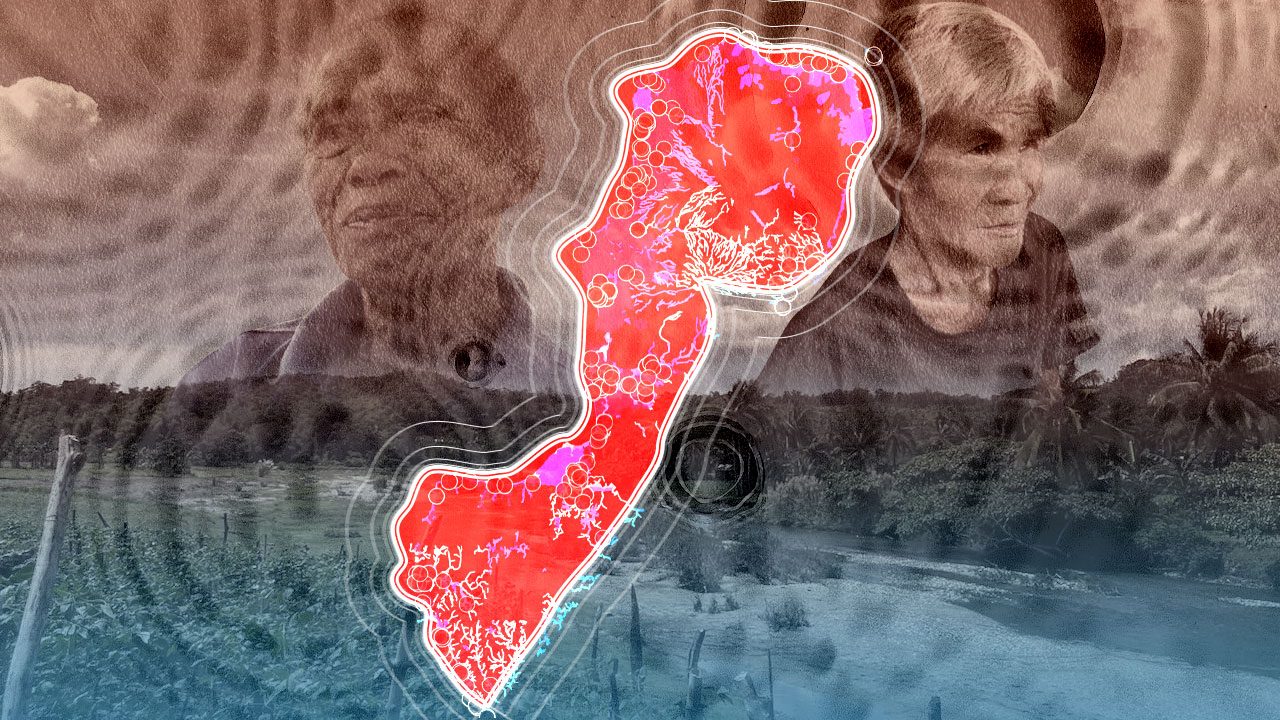
NEGROS OCCIDENTAL, Philippines – It was pitch-black outside Felizardo dela Cruz’s nipa hut, making it impossible to see what was happening as the wind howled.
Already 69 at the time, Dela Cruz could not see anything beyond the faint silhouette of the bamboo walls of his hut that kept him safe from the vicious storm.
The howling wind and the raging currents of the river a stone’s throw from his home were deafening. Typhoon Odette (Rai) was unleashing all its fury.
Dela Cruz was about to leave his hut to seek shelter at the nearest evacuation center – a two-hour walk from where he was – when he saw floodwaters rising. He thought his home would soon be swallowed by the water.
At that moment, Dela Cruz faced the same tough questions that hundreds of thousands of Filipino families have had to ask themselves when a disaster is imminent: Will we survive at home? Will we survive the journey to the shelter? If we make it to the shelter, will it offer us more protection than staying at home?
Accepting his fate, Dela Cruz decided to stay put.
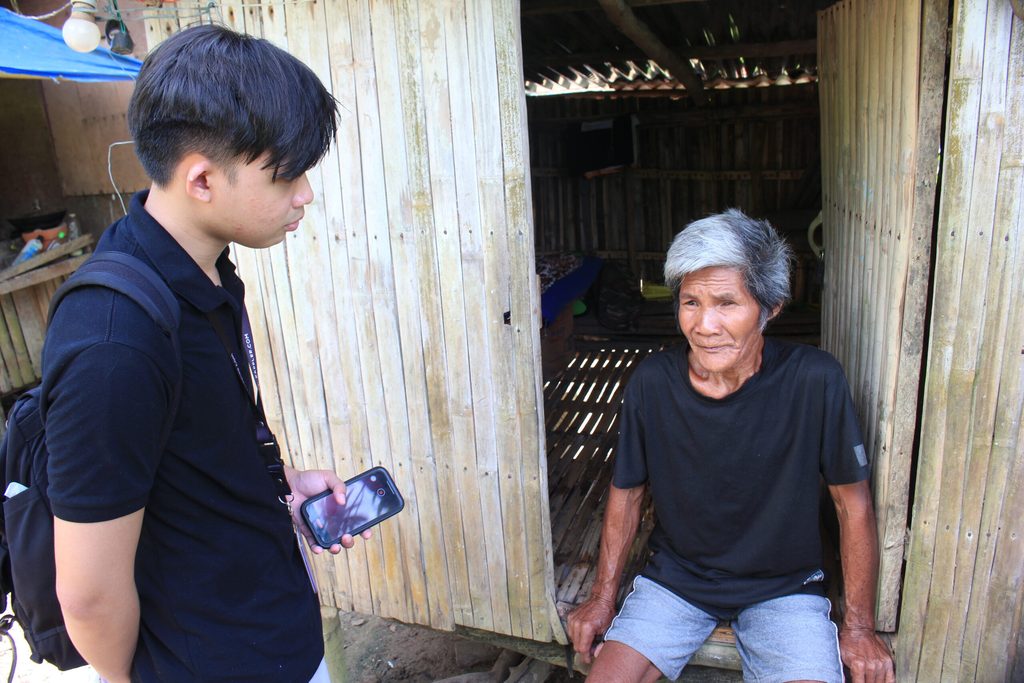
A few minutes later, he began to feel dizzy as he felt the bamboo floor rocking back and forth. His furniture started moving, some of them getting knocked over. Already half-submerged in water, his home was getting washed away by a flash flood – with him inside.
Shivering in the cold, Dela Cruz mustered all his strength to cry for help but immediately realized he was all alone with no one to rescue him. He kept still and just tried to survive the night.
Then he noticed that his hut stopped moving. He stepped out, only to discover that the raging waters had washed his home all the way to Tauangan, a sitio about nine kilometers away.
When the adrenaline rush subsided, Dela Cruz felt pain in his right foot and saw a four- to five-inch nail piercing his shin.
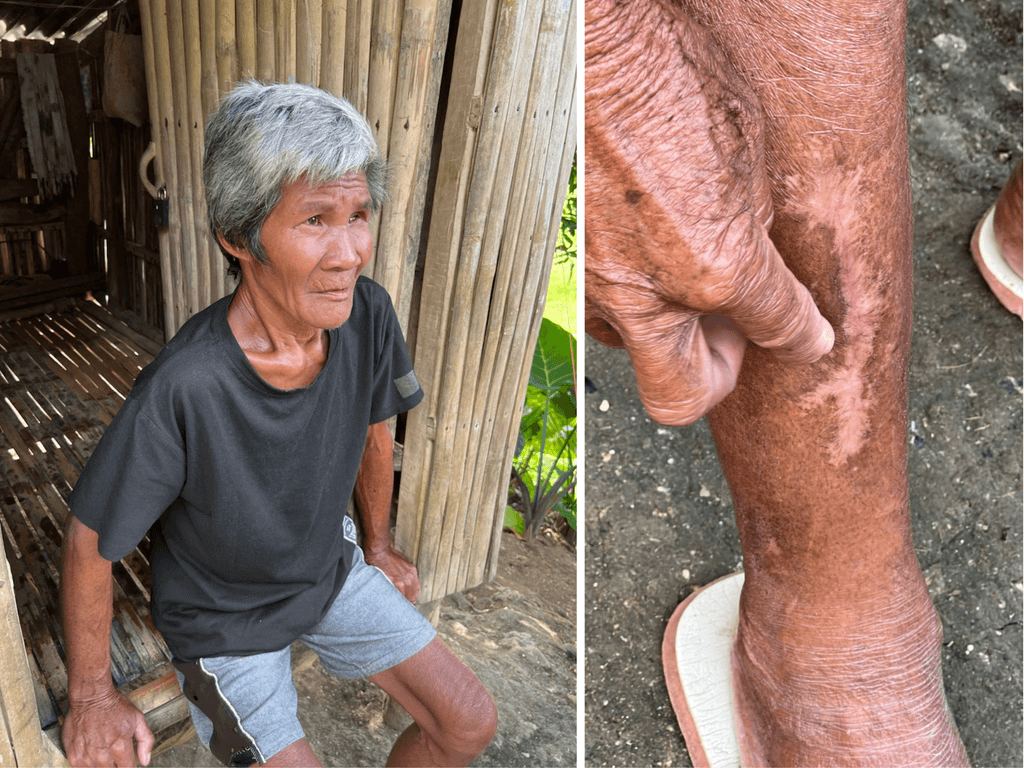
“I was lucky because I survived. A lot of people died because of Odette. If I had left my house, I’d probably have died back then,” Dela Cruz said in Hiligaynon.
Dela Cruz lives in Kalatong, a low-lying area where the tributary rivers of Cabadiangan and Kalatong merge with the Sipalay River, about 900 kilometers south of Manila. Kalatong is located in Cabadiangan, the village with the highest death toll in Sipalay City, Negros Occidental, during Odette.
Months of analysis by Rappler unpacked who the most exposed to natural hazards in Negros Occidental are. This is among the provinces in the Philippines with the highest exposure to multiple hazards and risks.
The investigation also looked at whose houses are most at risk of being washed away, which evacuation centers across the province are most likely to keep people safe, and which ones might put people in greater danger. In the second part of this investigation, Rappler explored what the local government is doing about these.
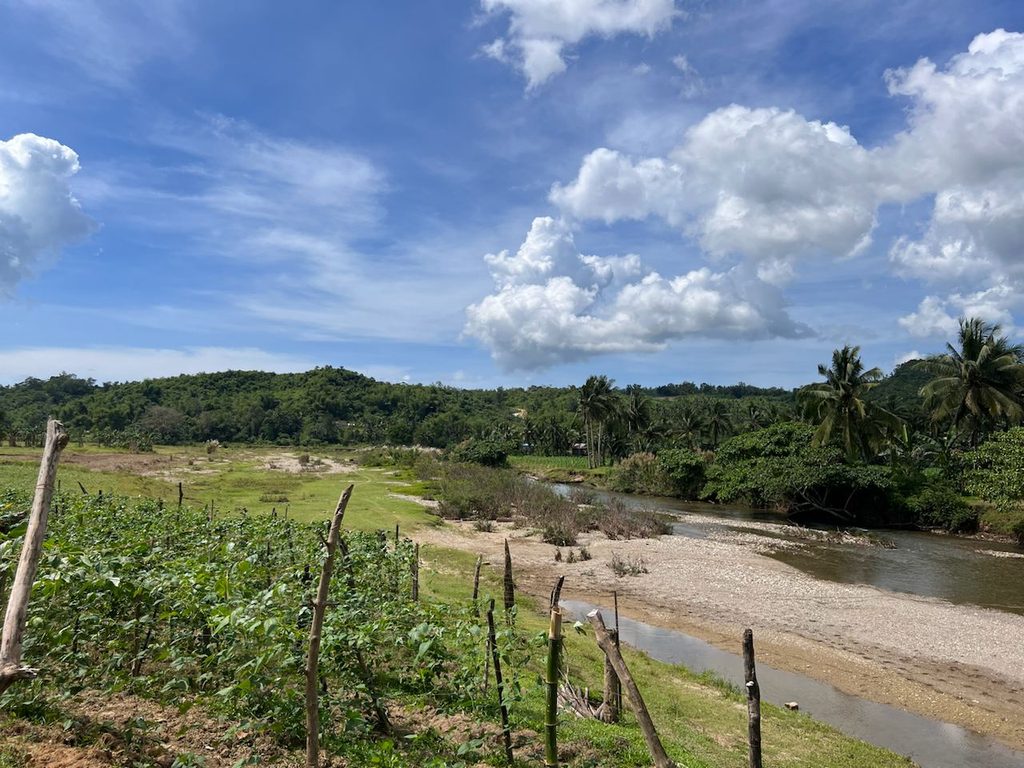
Odette made landfall nine times from December 16 to 17, 2021, as it made its way through southern and central Philippines. It left massive destruction in different parts of all island groups in the Philippines, destroying homes, damaging roads and bridges, and toppling communication and power lines.
According to then-United Nations representative to the Philippines Gustavo Gonzalez, Odette was the second deadliest disaster to hit the globe in 2021, next to the magnitude 7.2 earthquake in Haiti.
Gonzalez said the damage caused by the typhoon was “comparable” to that caused by Super Typhoon Yolanda (Haiyan), one of the most powerful typhoons in history. Though the magnitudes of the storms were impossible to measure and compare exactly, the number of people who were vulnerable to such disasters was not.
People in peril
Dela Cruz’s almost biblical story of survival was just one among the hundreds of thousands of stories of Negrosanons who were affected by flooding caused by Odette. According to data from the Office of Civil Defense, a total of 1.5 million Negrosanons were affected by the typhoon, and government maps show that many of them were at risk.
Analysis of the data from state hazard assessment portal HazardHunterPH showed that more than 380,000 people in Negros Occidental are at high risk of flooding. Overall, more than half of all residents in the province live in areas that have varying degrees of flood risk.
According to the environment department’s Mines and Geosciences Bureau, one of the government offices involved in the creation of the hazard assessment portal, towns with a high risk of floods may be submerged in one to two meters of water for over three days. For most Filipinos, the depth is already waist to chest-deep. Those with a very high susceptibility to floods may experience more than two meters of flooding.
According to our analysis, one out of every seven people in Sipalay City, where Dela Cruz lives, resides in areas at high risk of flooding. A quarter of them are children younger than 10 years old.
Houses at risk
Despite the availability of official data identifying risks of flooding, this has not translated to the construction of flood-resistant houses. More than half of the province’s cities and municipalities are also vulnerable to destruction by typhoons, according to a 2021 study done by researchers at The University of Sydney School of Civil Engineering.
The Housing Vulnerability Index (HVI), as the researchers called it, was calculated by measuring and aggregating several components at the municipal level – including how crowded a house was, the quality of materials used, structural integrity, and the availability of water sources, among others – to determine how vulnerable homes are to disasters brought by typhoons.
Negros Occidental also ranked 11th out of 84 provinces in terms of exposure to multiple hazard risks, according to the 2021 Philippine Province Risk Profiles of Pacific Disaster Center (PDC).
On top of these, if the towns in Negros Occidental are ranked according to poverty incidence and the number of health facilities and schools in high-risk flood zones, Sipalay City emerges as having the most vulnerable houses, the highest poverty rate, and the most facilities at risk of flooding. Based on the latest municipal-level estimates, almost one in four Sipalay residents earned below P20,464 ($388) a month in 2018, which is insufficient to meet basic food requirements.
Unaware of just how vulnerable they are, many Sipalay City residents ignored voluntary evacuation orders ahead of Odette. Local officials said that Odette was the most powerful typhoon they experienced in recent memory.
Narcisso Biasong, a charcoal maker from Barangay Mambaroto, said he had heard the local government’s warning about Odette through the korida, a public announcement system that makes the rounds in the city in times of disasters.
He told his family about the warning but admitted that he and his family dismissed it. “We were complacent because many storms have passed but we were spared from them and nothing happened,” he told Rappler.
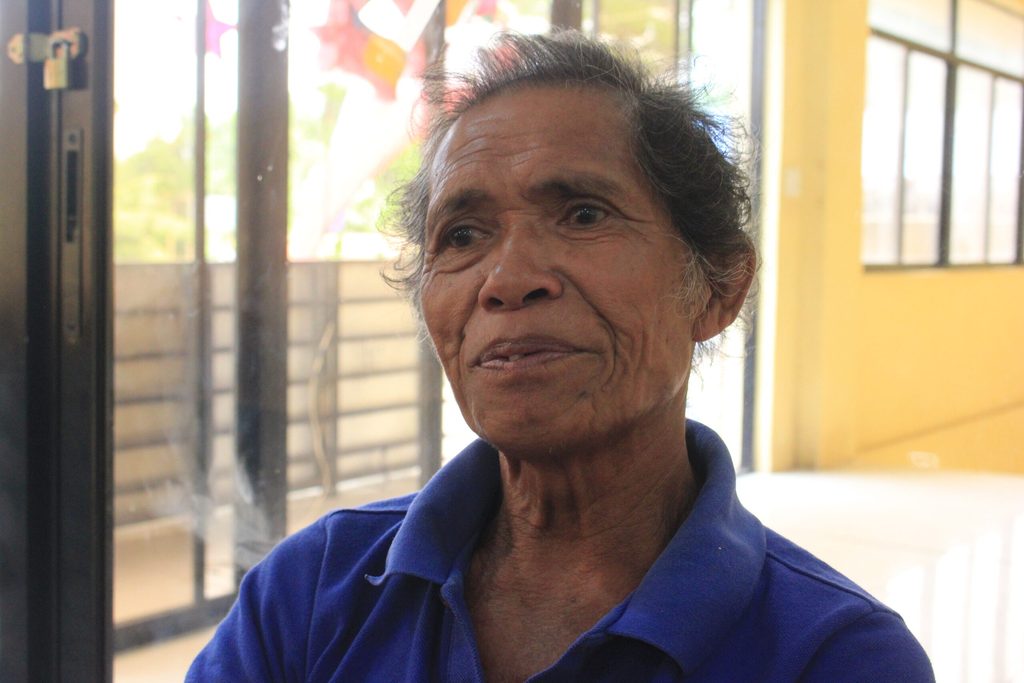
Instead of going to an evacuation center, Biasong’s family stayed home that day. Only when the flood was already hip-high did his family decide to take refuge in their neighbor’s house located on higher ground; it was too late to go to the evacuation center, which was a 30-minute walk across farm fields.
By the time they decided to flee, floodwaters were already raging.
“My wife and grandchild were those washed away by the flood. I can still hear my wife shouting for help when she was carried away by the flood. I was the only one who remained in my house, while the rest made it to our neighbor on higher ground,” Biasong told Rappler. His wife and grandchild died.
Critical facilities in danger
In the Philippines, it’s rare to find evacuation centers used exclusively for disasters. Data from the Office of Civil Defense in 2019 showed that only about 3 in 100 of the total evacuation centers in the Philippines are primarily used as refuge during disasters.
In the whole of Negros Occidental, there are only five evacuation centers, three of which are located in high-risk areas. In Sipalay, there are none; instead, the city’s health centers, government buildings, and schools double as evacuation centers during these perilous times.
Data analysis suggests that in the case of Biasong, he had no good evacuation options because both his house and nearby facilities were extremely vulnerable. Schools in Sipalay City, supposed to be safe havens in the city during disasters, were not spared by the floods brought by Odette.
Analysis of HazardHunterPH data shows that Sipalay has the most number of schools with a very high risk of flooding in Negros Occidental. About one in four schools is in high-risk and very high-risk flood zones.
May Intac Matia-ong, a health unit staff in Barangay 5, told Rappler that during Odette, there were areas in her barangay “with neck-deep floods,” which she attributed to heavy rains and proximity to the shore. She said two families who evacuated with them had to stay on the second floor as the ground floor “was already flooded.”
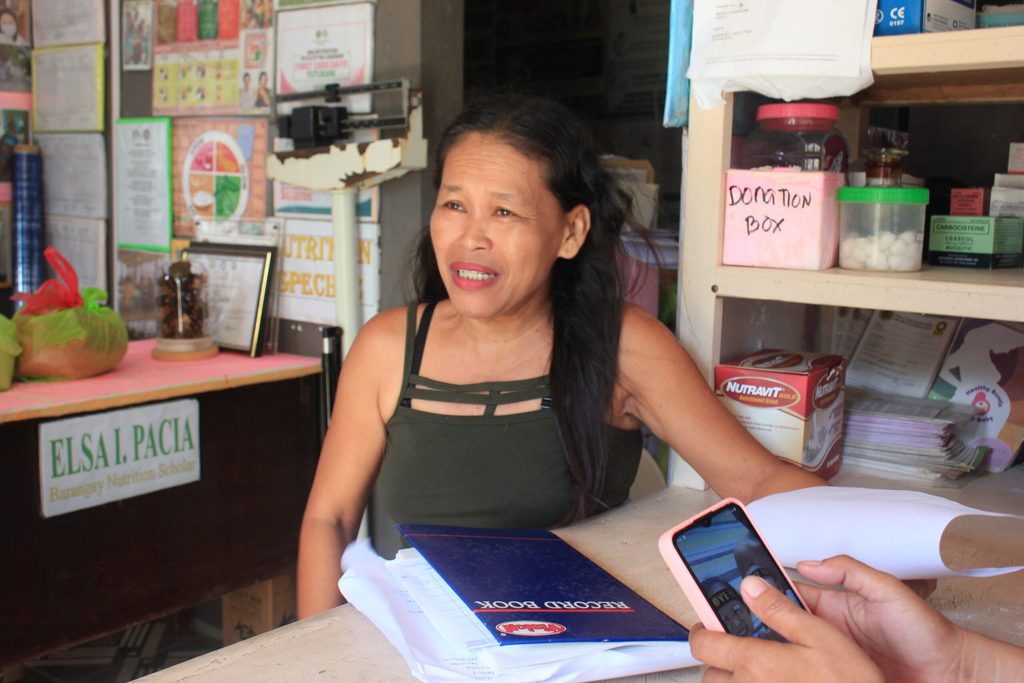
The health unit staff told Rappler that most people in their barangay evacuated to Sipalay City National High School and Barangay V (Sipalay) Elementary School. The two schools were in the same compound.
The schools Matia-ong mentioned were not the only ones at risk of flooding. Several other schools, health facilities, and evacuation centers across the province were built in flood zones.
Almost half of all health facilities in Sipalay City are at very high risk of flooding. Of the 19 facilities, eight are Barangay Health Units (BHU), while one is a Rural Health Unit (RHU). BHUs and RHUs are part of the primary level of the Philippines’ healthcare system.
Sipalay is followed by Cadiz, a city in northern Negros Occidental. A quarter of its schools and half of its evacuation centers are in high-risk flood zones.
Another city worth taking note of is Himamaylan City in central Negros Occidental. It has only two facilities used exclusively as evacuation centers, with one facility located in a high-risk flood zone.
Recounting her experience during Odette, Matia-ong told Rappler: “Despite Sipalay City National High School being on higher ground, the flood still reached the rooms where we stayed during Typhoon Odette. We know that the flood will reach the area where we are evacuated because our place is really prone to flooding. Barangay V is located in a low-lying area.”
“Typhoons hit us only a few times, but when it happens, there’s a high chance that we will get flooded,” she added.
After Odette, Sipalay officials have asked residents living near Kalatong River like Dela Cruz to move to higher ground.
The city government also said it plans to relocate some of the schools out of flood zones. Experts warn that it would not be an easy task.
As for Sipalay City National High School, officials said it would also be moved to a different location due to land ownership issues – and not because of the flood risk.
In March 2023, the House of Representatives passed on third and final reading a bill that seeks to mandate the establishment of permanent evacuation centers in every city and municipality. If passed into law, this pivotal legislation would provide Filipinos a crucial lifeline during times of disaster. (To be concluded) – Rappler.com
NEXT: Part 2 | Moving flood-prone gov’t facilities out of harm’s way is costly, time-consuming
*$1 = P52.66 (2018 average)
All quotes were translated into English. Interviews in Hiligaynon were translated by Reymund Titong for Rappler.
This story was produced under the Environmental Data Journalism Academy, with support from Internews’ Earth Journalism Network and Thibi.co.
Methodology
The locations of schools and health facilities were sourced from HazardHunterPH, while the locations of evacuation centers were from the Office of Civil Defense. Flood susceptibility shapefiles were sourced from the Mines and Geosciences Bureau. Each facility was categorized as being in a low, medium, high, or very high flood susceptibility zone by finding the intersection between the facility’s location and a polygon in the flood susceptibility shapefile in QGIS.
Disaster Risk Reduction and Management spending data of local government units (LGUs) in Negros Occidental were sourced from the Commission on Audit. Poverty incidence rates of Negros Occidental LGUs were from the Philippine Statistics Authority. The report also used the Housing Vulnerability Index, which was provided to the Academy by Aaron Opdyke, senior lecturer at The University of Sydney School of Civil Engineering.
Anecdotes of Sipalay residents during Typhoon Odette and insights of Sipalay LGU officials were gathered from interviews with communities in Sipalay City, Negros Occidental. Other information on Typhoon Odette and hazard maps were corroborated through desk research.
Add a comment
How does this make you feel?


















There are no comments yet. Add your comment to start the conversation.